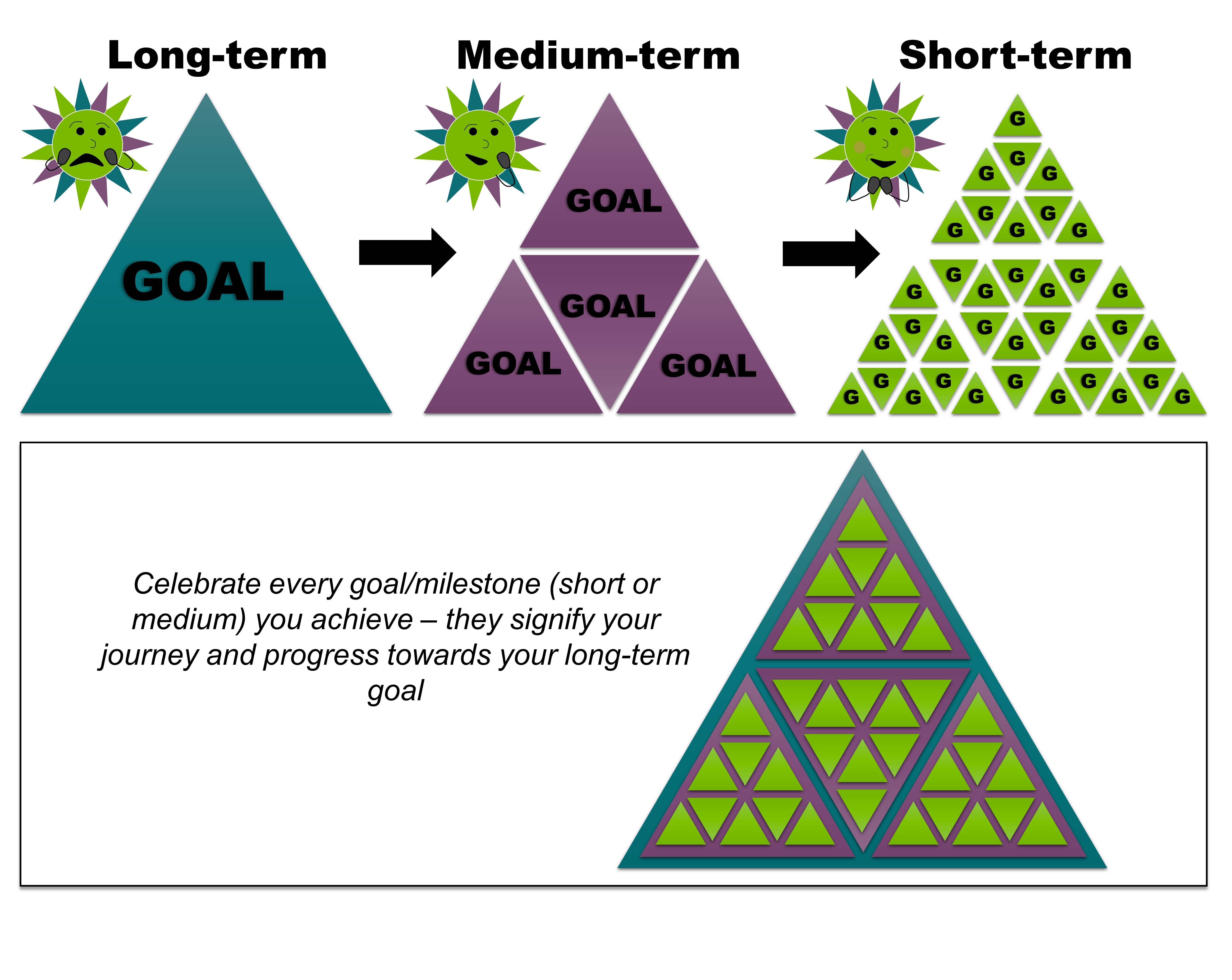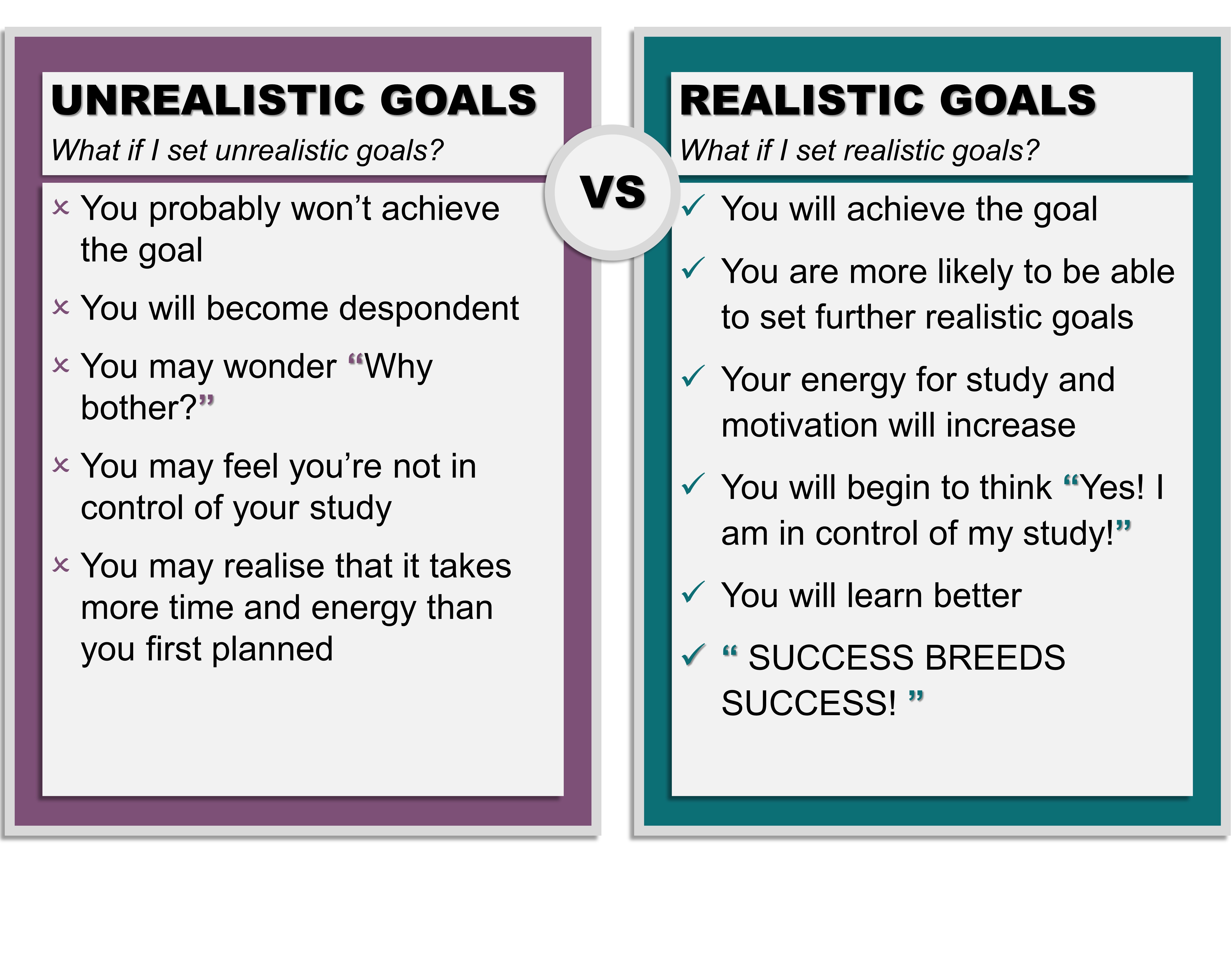Module 4 - Getting Organised
Getting Organised
This module offers suggestions about how to organise yourself and your study. Higher degree research involves a huge commitment, so being prepared and balancing the different aspects of your life is crucial to ensure a rewarding and successful journey.
Learning outcomes
Upon completion of this module, you will be able to:
- Download EndNote and sign up for an EndNote class
- Identify, articulate, analyse, and enact plans to complete short-, medium- and long-term goals
- Conduct a 'time audit' to establish current study hours and utilise time management strategies to use these hours in a productive manner
- Organise your workspace for maximum productivity, including completing a WHS checklist of your workstation set up, in consultation with your supervisor

4.1 Using bibliographic management software
Firstly, it's good to set up a way to organise your literature. We cover searching, evaluating sources, and organising the literature in later modules but getting used to this now will help you later.
UNE supports EndNote, a bibliographic management software that helps you:
- maintain a personal library of references
- download references from journal databases and Google Scholar
- insert references into word-processed documents
- generate a bibliography in the correct style for publication
EndNote is free to download for all UNE students and staff.
Sign up to the Library's next EndNote session to learn more about this software that will help you manage your references. You can also check out the Library's Lib Guide and online training videos too.

4.2 Set your goals
Would you set out on a journey without a plan of where you’re going and a map of how to get there? You could end up anywhere — even back where you started! Planning (goal setting) where you want your studies to take you and how you’re going to get there puts you in control and gives you a greater chance of success.
There are several reasons why you might set goals, including:
- Deciding what you want for your future
- Providing focus for your efforts
- Motivating yourself
- Monitoring your progress – are you on track?
- Enjoying the feeling of being in control and completing goals
When goal setting, first consider your long-term goals, then your medium-term goals, and finally your short-term goals (Figure 4.1). It is easier to start with the big picture, then work backwards to identify important steps and milestones – pyramids cannot be built without first knowing what it's going to look like at the end!

Figure 4.1 Working backwards to break a goal down into small (less daunting!) goals will help focus your intentions and allows you to celebrate/acknowledge your progress along the way.

4.2.1 Long-term goals
These are goals that embrace a vision of your future (i.e. years from now). They reflect your hopes and ambitions. What are your hopes and ambitions for your UNE HDR experience five years from now?
From the list below, number the desired outcomes in order of importance to you:
- to gain a higher degree
- to become an expert in my area of study
- to make a significant contribution to knowledge in my area of study
- to develop research and writing skills
- to publish my research
- to establish collaborative partnerships with other researchers
- to continue researching on different projects, post-Masters/PhD
- to improve my career opportunities
- to show my family and friends that I can do it
- I just want to get through my degree
- to care for my health and wellbeing
- to acquire more self-confidence
- to learn to manage stressful situations
- other (please specify)

4.2.2 Medium-term goals
These may be your goals for this year with regards to your studies. Medium-term goals are generally guided by your long-term goals. What are your goals for this year?
From the list below, choose FIVE goals that are important to you:
- to meet other HDR students with similar interests
- to become very familiar with the area of study
- to complete an outline of my thesis
- to complete my data collection phase
- to attend training sessions to develop my research and writing skills
- to prepare a manuscript/manuscripts for publication
- to combine work and study
- to ask for help when I need it
- to establish a good working relationship with my supervisors
- to participate in a community of practice with other research students working in similar areas
- to participate in social events
- to adopt a healthy lifestyle, e.g. healthy eating, regular exercise
- to establish a realistic study timetable that recognises my other life commitments
- other (please specify)

4.2.3 Short-term goals
These are your every-day practical, achievable goals that will be influenced by the stage you are at in your degree program. They need to be clear and specific. What are your goals for this week? How are you going to develop a strategy to complete them?
A great way to judge what tasks need to be done and when the task has to be completed is by using the Eisenhower Matrix approach. This approach aids in sorting out the less urgent tasks and important tasks that you may need to delegate or not do at all.
Look up more information on the Eisenhower Matrix approach.
Once you have decided what needs to be done and established a time frame in which to do it, it's a good idea to break this time down into smaller allotments. UNE's ASO have created a short-term goal setting template to record your short-term goals for the week. Tick the goals as you achieve them and record the date.

4.2.4 Making your goals realistic
The goals you set must be ‘doable’ in the time that is available (Figure 4.2). If a goal is not achievable, you need to either redefine the goal, break it up into achievable chunks or invest more time and energy in it. Be prepared to go through some trial and error in determining realistic goals.

Figure 4.2 Unrealistic versus Realistic goals.
Visualising goals and successes
Visualising your long-term goal can help when things get difficult. For example, your long-term goal may be to submit your thesis or to graduate. When things get difficult during your course of study, imagine yourself being awarded your degree and ‘feel’ the excitement, pride, sense of achievement, happiness ….
Visualising has benefits with short-term goals as well. For example, your short-term goal might be to create a mind map of the literature for your literature review. Before you commence the task, take time to visualise yourself having achieved it. Close your eyes and ‘see’ the finished work in front of you and allow yourself to feel good that you’ve completed the task. You then take the good feeling into the start of the session and will perform better as a result. Many sports people use this technique.
If you find it difficult to visualise your success on your own, there are some great websites and apps, which offer free, guided meditations, specifically for the purpose of visualisation. Check out:
This is an Australian, non-for-profit organisation that offers different courses in mindfulness and meditation for free! All you need to do is create an account online and/or download the app. There is a program for study, which may help focus your energies and help navigate the stresses associated with being a PhD student.
Offers further information about the benefits of visualisation, with a short guided visualisation exercise.
4.3 Manage your time
Managing your time while completing a higher degree by research is a challenge. If you are studying externally, then you may also need to juggle work, family, and friends. There are a number of effective time management resources that can help you to organise your time.
Consider each of the statements below:
- "I usually turn up on time"
- "I usually leave things until the last minute"
- "I have trouble meeting deadlines"
- "I write 'to do' lists"
- "I keep most appointments"
- "I tend to procrastinate"
- "I allow time for myself and time to relax"
How many of these statements best describe you and your habits? Are your time management skills in need of a 'tune up'? In order to manage your study time well, you may need to change some of your attitudes and habits.
Studying harder is less important than studying smarter! Get to know what works for you and keep doing it. Here are some suggestions to consider or adapt.
- Know your 'time patterns'
Know when you study best. For example, if you are a ‘night owl’, planning to study in the early morning may not be the best use of your time.
- Prioritise
Do the most important tasks first or the most difficult—while you are feeling fresh.
- Set study blocks that suit you
What is your optimum study duration? About 60 minutes with a 10 minute break?
- Break up your study blocks
For example, use the Pomodoro Technique outlined below
- Be clear about what you want to achieve in each study block
Don’t stop until you’ve completed it.
- Begin major projects ahead of time
Break the task into a number of sub-tasks, set a time frame for each, and tick them off as you complete them.
- Reward yourself when you complete tasks on time
This will reinforce your good time management skills. Remember, success breeds success!
- Use 'transition time' for study
For example, when sitting in a car, bus or train, read a chapter; revise your notes; listen to podcasts etc.
A great way to break down time is using the Pomodoro Technique, where a specified block of time, for example, 30 minutes, is equal to 1 pomodoro. In other words, a pomodoro is a short block of time in which you work on a specific task, before taking a break.
Example
Is your Literature Review in the Important Quadrant of your Eisenhower Matrix? Let's apply the pomodoro technique to a four hour block of study.
4 hours = 8 pomodoros (1 pomodoro = 30 minutes)
- P1: plan your next 6 pomodoros (this means 25 minutes on this task and then a 5 minute break before starting P2)
- P2: skim the article to get the big picture
- P3 & P4: read the article, highlight key points (remember to take a break between pomodoros!)
- P5: summarise/evaluate the article and link to your research question
- P6 & P7: read another article and summarise
- P8: to end your session spend some time reflecting on what you have read and how this has changed your research or approach
Not sure where to start? How about analysing how you spend your time now by completing a 'time audit' each day for one week:
- Print and complete the ASO's weekly planner template (1 week)
- Print and complete ONE of these daily routines worksheets:
- Early riser: Daily routines for early risers (1 week)
- Night owl: Daily routines for night owls (1 week)
- At the end of 1 week, reflect on your weekly time audit:
- How many hours do you have left for study?
- Is this enough time?
- Which tasks are the most important?
- What tasks could you set aside?
- What tasks could you spend less time doing?
It is likely that you will not have enough time for study, so you will need to prioritise your tasks. If you have trouble prioritising tasks, this priority organiser can be printed and used to help give you a clear picture of what’s most important or urgent, and what’s neither important nor urgent!

4.4 Organise your space
Having a space that is conducive to study is essential. One of the first considerations is how you set up your computer workstation. It is highly recommended that you check out the Work, Health & Safety (WHS) Ergonomics and Safety video and complete the 'Computer Workstation Ergonomic Checklist' in your workbooks.
The Patter PhD blog has a great post on setting up your study space.
4.5 More resources and support
You can find some more resources and support to assist with time management at:
- Academic Skills Office
- Counselling and Psychological Services
- How to stay sane whilst writing a thesis
- Tips for research success
- Myths Vs Facts about Higher Degree Research
- Survive and Thrive (Video, UNE log-in required)
- Using Your Time Effectively (Video, UNE log-in required)

Progress to Module 5 - Data Management
Feedback
In order to improve this resource, please email us if you have any questions, comments, or feedback to SOL:AR




